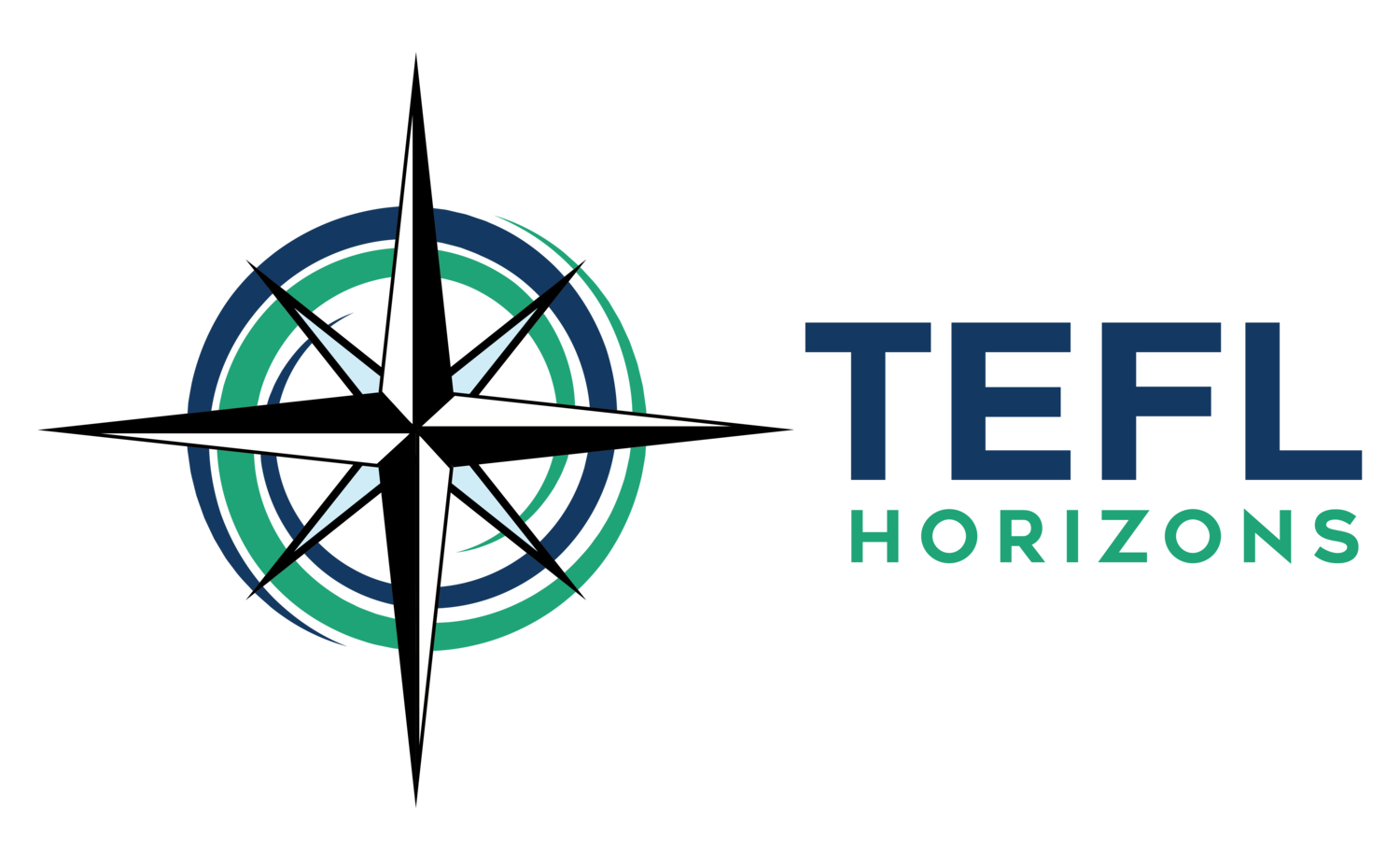Interview with Eliberto Salinas: Teaching Learners of Different Levels in the Same Class
Show Notes
In episode 31 of Expand Your Horizons, we're pleased to welcome Eliberto Salinas as our guest. Eliberto has extensive experience as an English teacher and is also a CELTA trainer at International House Mexico, where he is based in Mexico City. Today, he’s joining me to talk about something many teachers find challenging: supporting students of different English levels in the same classroom. join us for our conversation about how to identify and cater to students’ differences in the classroom, including some practical strategies for adapting activities and presenting materials to accommodate students of varying language levels in the same group, even in an online class.
In this Episode
The fact that any class with more than one student is heterogeneous: students will differ!
Ways in which students can differ in a classroom
Where to start: how to become aware of your students’ differences
How students’ perception of their own English level can affect their motivation
How having students of different levels in the same class can be challenging for teachers, and how it can affect the lesson
Differentiated instruction: what is it?
What students at lower language levels need in order to keep up with the lesson
How the way you ask questions can cater to students at different levels
How to use timing to change the ease of your tasks
Giving instructions: why this is not the time to teach anything - how to make these simple
How you can tweak your activity design to cater to learners at different levels
Pairing: different ways you can pair students to accommodate different levels
Encouraging students so they know it’s ok to make mistakes
Individualization: what it means and how to incorporate this principle
Giving students some autonomy with tasks
Personalization: how to make the lesson relevant to each student
Open-ended activities: what these are and how to employ them
“Tiered tasks:” creating different versions of an activity for different levels of learners
How to motivate learners with praise
“Compulsory” vs. “optional” tasks
Using answer keys
Making sure all students feel like they’re a part of the group
Adapting these strategies to online learning
Using “breakout rooms” in online platforms
Using the “task cycle” to provide processing time for all students












